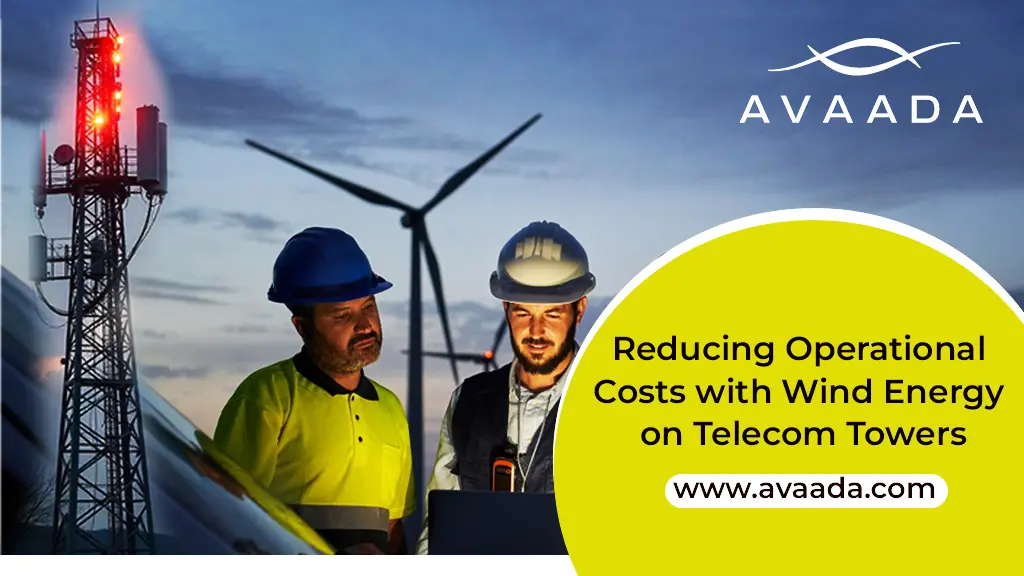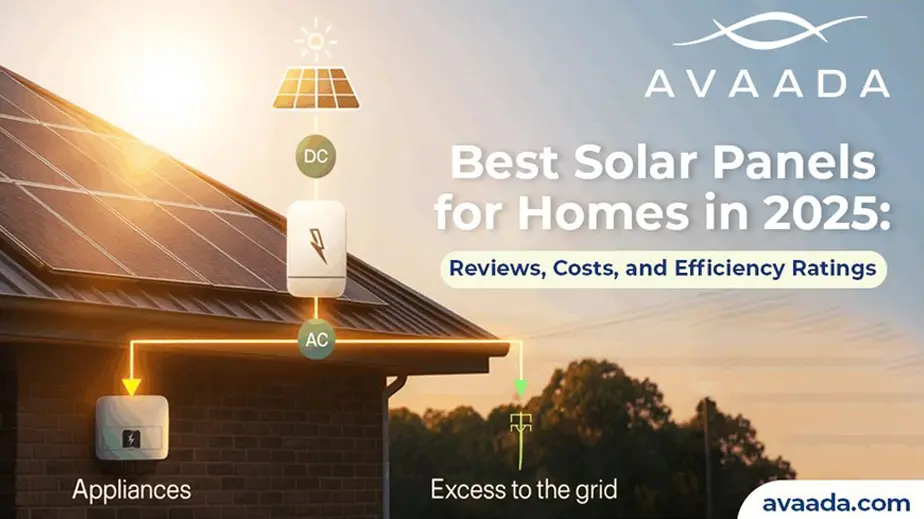The telecom industry is the hub of the modern connected world. It provides communication and facilitates digital transformation in a seamless manner. But high operational costs characterize the rapid growth of telecom infrastructure, particularly in remote and rural areas. Energy consumption is one of the key drivers of this cost. To be able to operate continuously without disruptions, telecom towers need a constant supply of power.
Adopting wind energy as a sustainable power source for telecom towers offers a promising solution to this challenge. Telecom operators would be able to cut their energy-related costs, lessen carbon footprint and gain efficiency. Here are more details related to how such power from winds would revolutionize operations of a telecom tower.
The Energy Demand of Telecom Towers
The common sources of powering telecom towers are grid electricity and diesel generators or a combination of both. If grid access is unreliable or non-existent, the source of energy will be the diesel generators. This would result in:
- High Fuel Costs: Diesel is expensive and price volatile.
- Logistical Challenges: Transporting fuel to remote sites adds to logistical complexities.
- Environmental Impact: Diesel generators emit greenhouse gases and contribute to air pollution.
With the number of towers increasing to support the network expansion, energy issues arise, hence a need for the adoption of new sustainable options.
Learn about How much power does a wind turbine produce per rotation ?
Why Wind Energy?
Wind energy is an alternative form of renewable clean source of energy and has advantages associated with telecom tower operation:
- Reduces Cost: Operational and maintenance costs associated with wind turbines after installation are at a low. Wind energy negates the dependency on diesel thereby minimizing fuel expenses.
- Sustainability: It’s an emission-free resource, which supports the meeting of environmental regulations and sustainability goals that have been set for the telecom operators. It supports efforts made globally to control climate change.
- Energy Independence: Wind power is generated at the point of use. This decreases the reliance on unstable grids and outside energy suppliers.
- Scalability: Wind energy solutions can be adjusted to suit the unique energy requirements of each telecom tower.
Steps to Implementing Wind Energy for Telecom Towers
1. Feasibility Study: Site study is first essential before implementing wind energy installation. The significant considerations are as follows:
- Wind Speed and Patterns: Strong, steady winds should exist for optimum energy generation.
- Site Accessibility: Smooth transportation and erection of the wind turbines.
- Energy Demand: The energy required by the tower to make sure that the turbine is appropriately sized.
2. Technology Choice: The telecom operators can choose between two wind energy technologies:
- Horizontal-Axis Wind Turbines (HAWTs): Great for high-wind-speed regions.
- Vertical-Axis Wind Turbines (VAWTs): Suitable for low-wind-speed regions due to their ability to capture wind from any direction.
3. Integration with the Existing Systems: To provide uninterrupted service, wind energy systems should be connected with conventional sources of power. Hybrid systems that integrate wind turbines with solar panels or battery storage ensure an uninterrupted supply of energy when the winds are weak.
4. Fund Mobilization and Endorsement: Wind power generation requires considerable investment.
- Government Subsidies: Most governments provide incentives to renewable energy projects.
- Green Loans: Banks provide green loans with favorable terms to green projects.
- Collaboration: Collaborate with green power providers in shared cost and experience.
5. Monitoring and Maintenance: The regular monitoring maximizes the efficiency of wind turbines. IoT-based solutions can offer real-time data regarding energy generation.
Explore How Do Wind Turbines Survive Severe Weather and Storms ?
Challenges and Mitigation Strategies
Although wind energy has many advantages, its adoption is not without some challenges:
- Intermitting Source: Wind energy is weather dependent. Hybrid systems with battery storage can overcome this.
- High Initial Costs: This can be mitigated through government incentives and partnerships.
- Regulatory Hurdles: Coordination with local authorities ensures compliance and smooth execution of the project.
Conclusion
Transitioning to wind energy is a strategic move for telecom operators in reducing operational costs and achieving sustainability goals. Wind power can be harnessed to make telecom towers operate more efficiently, lower their carbon footprint, and contribute to a cleaner, greener future. With proper planning, investment, and technology, the integration of wind energy can be a win-win for both the telecom industry and the environment.









